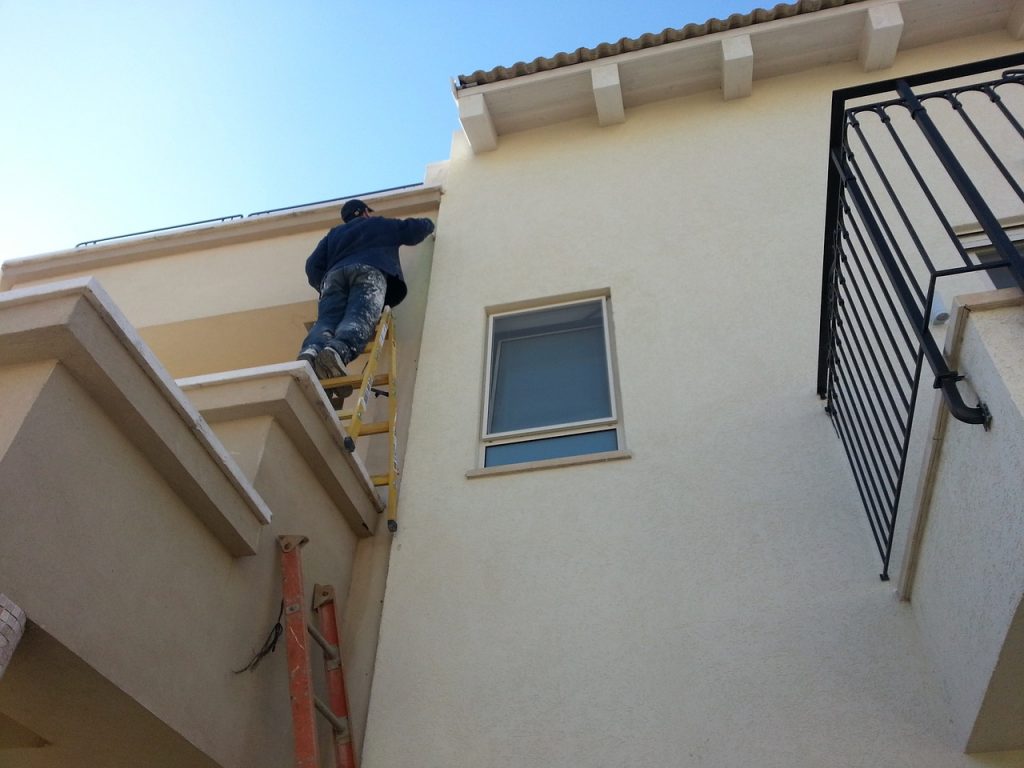Warmer months are ahead, so now is the time to plan for spring cleaning and maintenance. A clean home offers a fresh start for the year, and a checklist of tasks guides your efforts towards efficiency. For many homeowners, spring cleaning can be a personal challenge. It can also be one accomplished with the help of the rest of the family or other residents. In some occasions, however, professional assistance may be advised, or even necessary. Regardless, regular home maintenance not only increases your home’s value, but it can also make your home more comfortable and enjoyable.
Indoors
Check Your Attic
Once summer arrives, it can be too hot in many regions to comfortably perform an inspection. Use late winter and early spring to ensure the following: there’s ample insulation (10 to 14 inches), there are no signs of mice or rats (droppings, strong odor, nests), there are no bugs (flying, crawling, or otherwise), and there are no signs of roof leaks (water stains, etc.).
Schedule HVAC Maintenance
Annual tune-ups on your heating/cooling equipment will reduce your energy bill and help ensure you can maintain a comfortable indoor temperature.
Fix the Window Screens
It won’t be long before you’ll want to throw open the windows for fresh air, or relief on a warm afternoon. Take time now to ensure your window screens are ready for the challenge. Many traditional neighborhood hardware stores still offer re-screening services. Contractors also specialize in this service and are available for house calls.
Clean the Ceiling Fans
During the warm weather and the cold, ceiling fans can help moderate the temperature and better distribute the air. But your fans will be far more efficient if you give them a good cleaning a couple times each year. For fans mounted up to 10 feet in the air, you can use a ladder to access the tops of the fan blades. For those mounted on vaulted ceilings, use a long-handled duster.
Apply Weather Stripping
Many homeowners think of weather stripping as a cold-weather commodity, but it’s just as important during summer. To keep the cool air in and the hot air out, use any of the many filler materials available to seal gaps around windows, doors, exhaust fans, and any other point where you can see light peeking through.
Outdoors
Look for Damaged Roof Shingles
Use binoculars (with your feet safely planted on the ground) to scan for roof shingles that are curling, broken, or missing. If anything seems compromised, have a roofing company perform an inspection and provide a bid. If you or any members of your family are enterprising drone users, a camera-affixed drone can also be a useful aid in this reconnaissance effort.
Wash the Exterior
An easy way to extend the life of your exterior paint – and make your house look better than ever – is to give the siding a good washing. Use mostly water (to avoid harming any plants) and a stiff pole brush.
Search Out Rotten Wood
While you’re washing the exterior, keep an eye out for areas where there may be rot. Use a screwdriver to gently but firmly press on any siding or trim where you see black mold, missing paint, or exposed gray wood. If the area you’re probing feels mushy or bone-dry, contact a contractor to assess and stabilize the situation.
Clean the Gutters
All it takes is a handful of leaves to clog a gutter downspout and cause overflow and flooding. Hire a professional to give the gutters a thorough cleaning and you’ll avoid the very real dangers of working from a ladder. If you live in an area with lots of trees, consider getting quotes for some of the leaf-less gutter systems.
Prepare Your Lawn to Grow
The winter sets impediments for your lawn, and it takes preparation to help it shine. Rake away any dead grass and aerate the whole lawn to allow nutrients to access the roots. Reseed bare spots and apply a spring fertilizer to ensure your lawn has the fuel it needs to grow strong and beautiful.
 Facebook
Facebook
 Twitter
Twitter
 Pinterest
Pinterest
 Copy Link
Copy Link








